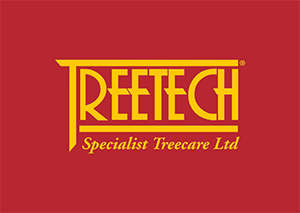Wendelien Bakker’s A low brick wall is a site-specific work that supplements and complements the existing brick structure. It is an exploration of scale: at just one brick high it raises an awareness of its function and non-function in the urban environment, hardly big enough to stop traffic, yet clearly permanent enough to create a boundary. Bakker’s placement of the snaking new wall in the middle of a large green space emphasises the original wall and is an invitation to question the borders of this piece of lawn.
Reflecting on the disruptive and traumatic changes that have affected Ōtautahi Christchurch over the last decade, Bakker’s addition is gentle and unobtrusive, inviting the public to trace the line of the wall with their eyes or feet. A low brick wall celebrates the banks of the Ōtākaro, traditionally a place where families would assemble and play as food was gathered from the river.
Responding to this year’s theme of Sweat Equity and its focus on labour, the body, and technologies new and old, Bakker has chosen a material that was once ubiquitous in Aotearoa and is now less so. There is only one brick maker left in the entire South Island with a very select amount of dies for certain shapes of brick. The style of brick used for the original low brick wall – the double bullnose – is no longer in production, which has led to Bakker working with the Christchurch City Council’s parks team to source recycled double bullnose bricks from storage. Rather than being built from scratch, A low brick wall is part heritage reconstruction, part folly, and part strategic landscape design.








